Java implements two threads to alternately print
- 王林forward
- 2019-12-24 17:47:543543browse
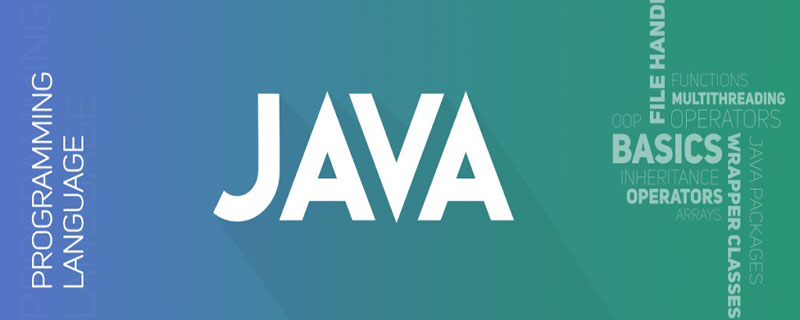
Use ReentrantLock to implement alternate printing between two threads
Realize letters in front and numbers in the back
package com.study.pattern;
import java.util.concurrent.CountDownLatch;
import java.util.concurrent.locks.Condition;
import java.util.concurrent.locks.Lock;
import java.util.concurrent.locks.ReentrantLock;
public class Demo2 {
private static Lock lock = new ReentrantLock();
private static Condition c1 = lock.newCondition();
private static Condition c2 = lock.newCondition();
private static CountDownLatch count = new CountDownLatch(1);
public static void main(String[] args) {
String c = "ABCDEFGHI";
char[] ca = c.toCharArray();
String n = "123456789";
char[] na = n.toCharArray();
Thread t1 = new Thread(() -> {
try {
lock.lock();
count.countDown();
for(char caa : ca) {
c1.signal();
System.out.print(caa);
c2.await();
}
c1.signal();
} catch (InterruptedException e) {
e.printStackTrace();
} finally {
lock.unlock();
}
});
Thread t2 = new Thread(() -> {
try {
count.await();
lock.lock();
for(char naa : na) {
c2.signal();
System.out.print(naa);
c1.await();
}
c2.signal();
} catch (InterruptedException e) {
e.printStackTrace();
} finally {
lock.unlock();
}
});
t1.start();
t2.start();
}
}Final output result:
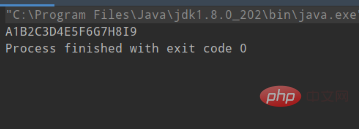
Free learning video tutorial recommendation: java teaching video
Use LinkedTransferQueue to realize alternate printing of two threads
Realize letters first and numbers in After
package com.study.pattern;
import java.util.concurrent.LinkedTransferQueue;
public class Demo3 {
private static LinkedTransferQueue<Character> linkedC = new LinkedTransferQueue<Character>();
private static LinkedTransferQueue<Character> linkedN = new LinkedTransferQueue<Character>();
public static void main(String[] args) {
String c = "ABCDEFGHI";
char[] ca = c.toCharArray();
String n = "123456789";
char[] na = n.toCharArray();
Thread t1 = new Thread(() -> {
for(char caa : ca) {
try {
linkedC.put(caa);
char a = linkedN.take();
System.out.print(a);
} catch (InterruptedException e) {
e.printStackTrace();
}
}
});
Thread t2 = new Thread(() -> {
for(char naa : na) {
try {
char b = linkedC.take();
System.out.print(b);
linkedN.put(naa);
} catch (InterruptedException e) {
e.printStackTrace();
}
}
});
t1.start();
t2.start();
}
}Output result:
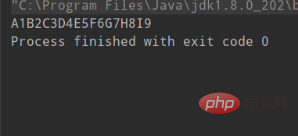
Use synchronized to realize alternate printing of two threads
To realize letters in the front and numbers in the back
package com.study.pattern;
import java.util.concurrent.CountDownLatch;
public class Demo4 {
private static CountDownLatch count = new CountDownLatch(1);
public static void main(String[] args) {
String c = "ABCDEFGHI";
char[] ca = c.toCharArray();
String n = "123456789";
char[] na = n.toCharArray();
Object lock = new Object();
Thread t1 = new Thread(() -> {
synchronized (lock) {
count.countDown();
for(char caa : ca) {
System.out.print(caa);
lock.notify();
try {
lock.wait();
} catch (InterruptedException e) {
e.printStackTrace();
}
}
lock.notify();
}
});
Thread t2 = new Thread(() -> {
try {
count.await();
} catch (InterruptedException e) {
e.printStackTrace();
}
synchronized (lock) {
for(char naa : na) {
System.out.print(naa);
lock.notify();
try {
lock.wait();
} catch (InterruptedException e) {
e.printStackTrace();
}
}
lock.notify();
}
});
t1.start();
t2.start();
}
}Output result:
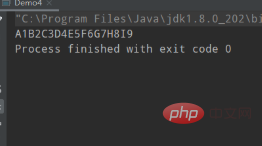
package com.study.pattern;
import java.util.concurrent.locks.LockSupport;
public class Demo5 {
private static Thread t1;
private static Thread t2;
public static void main(String[] args) {
String c = "ABCDEFGHI";
char[] ca = c.toCharArray();
String n = "123456789";
char[] na = n.toCharArray();
t1 = new Thread(() -> {
for(char caa : ca) {
System.out.print(caa);
LockSupport.unpark(t2);
LockSupport.park();
}
});
t2 = new Thread(() -> {
for(char naa : na) {
LockSupport.park();
System.out.print(naa);
LockSupport.unpark(t1);
}
});
t1.start();
t2.start();
}
} Output result:
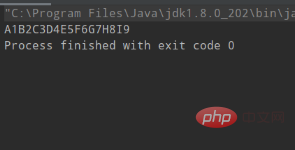
zero basic introduction to java
The above is the detailed content of Java implements two threads to alternately print. For more information, please follow other related articles on the PHP Chinese website!
Statement:
This article is reproduced at:csdn.net. If there is any infringement, please contact admin@php.cn delete
Previous article:The difference between comparable and comparator in javaNext article:The difference between comparable and comparator in java

